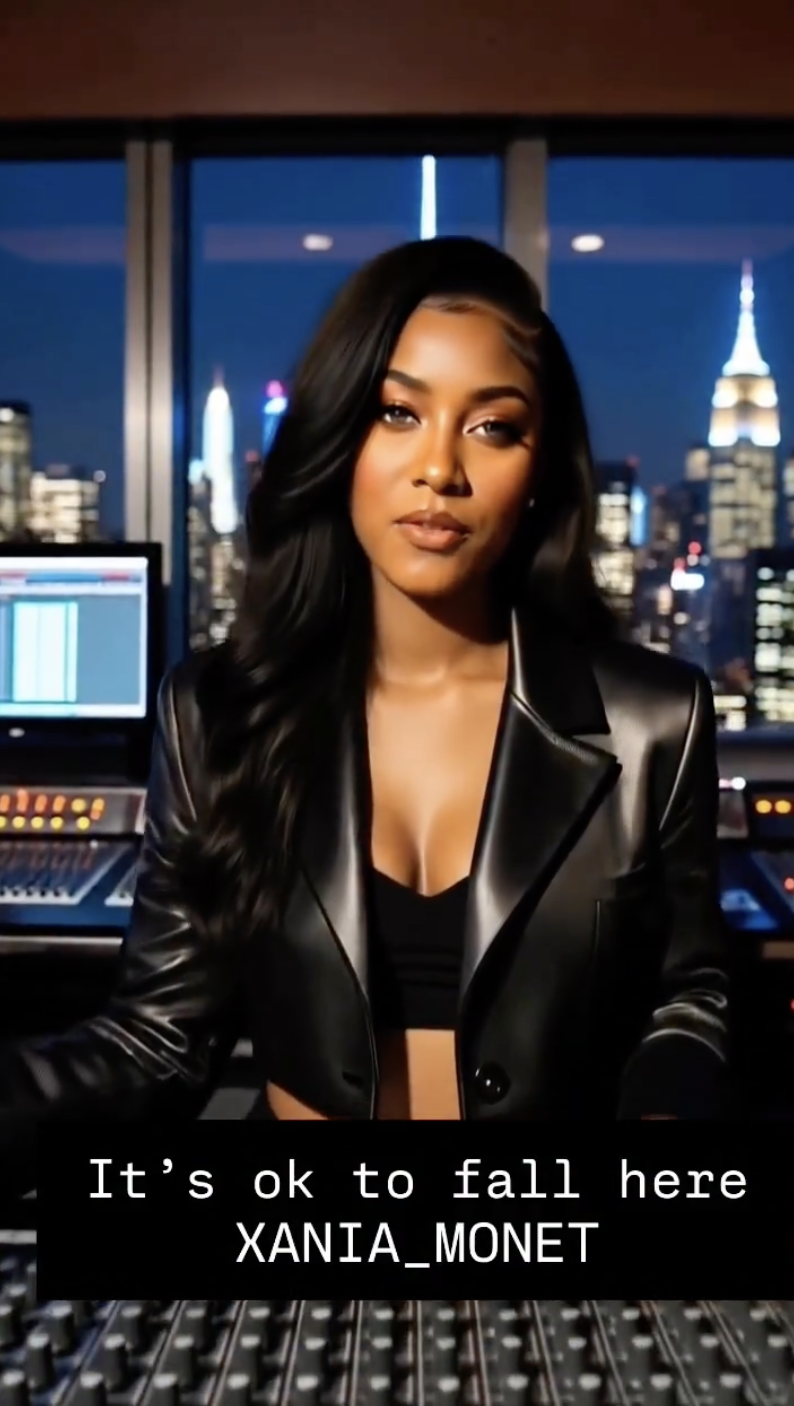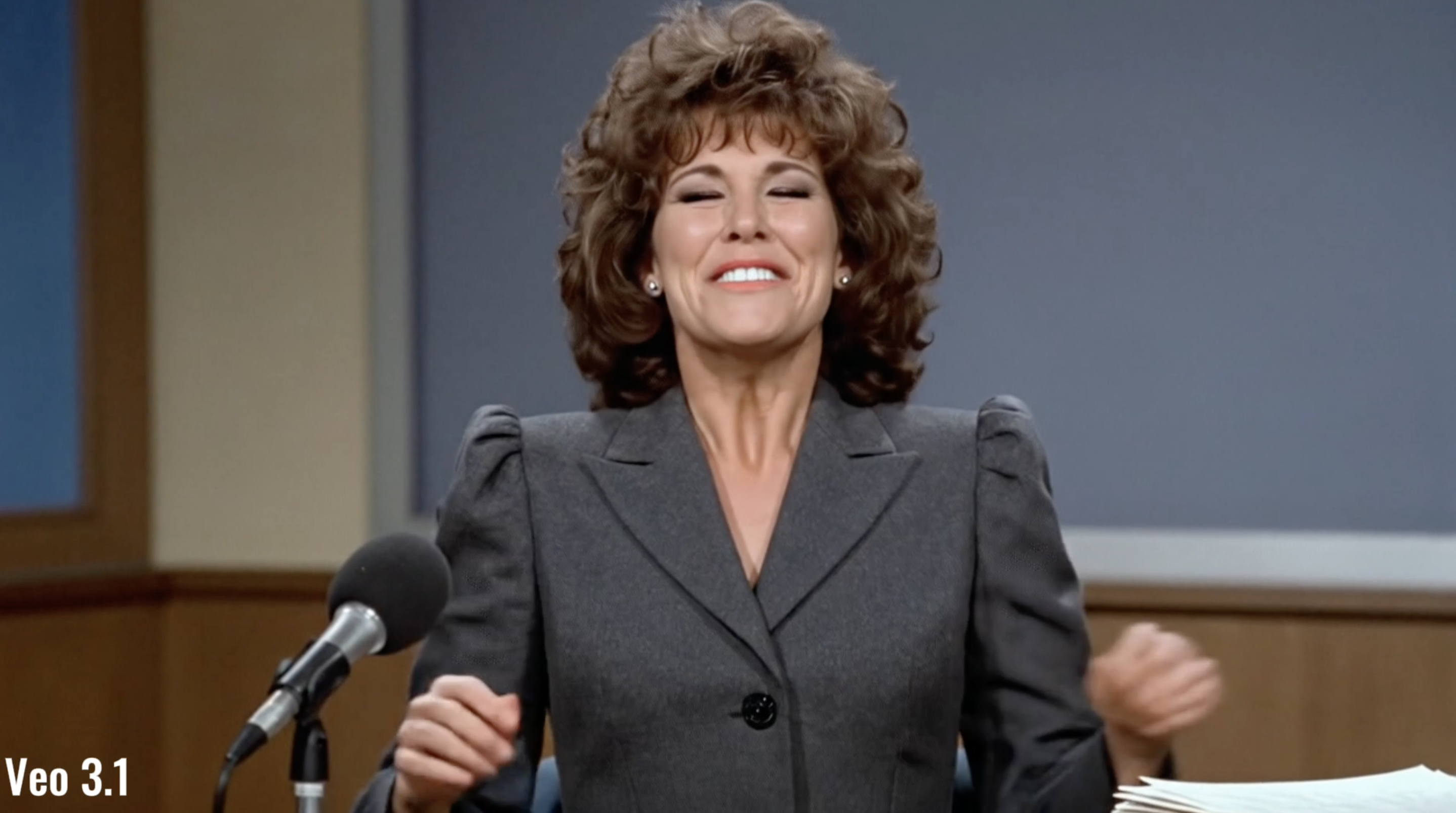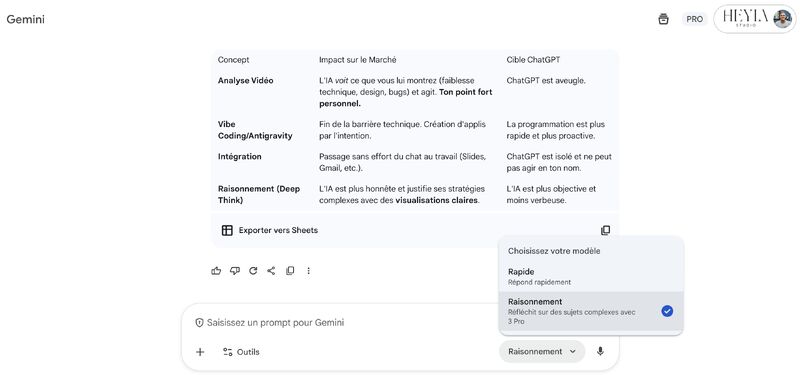Over 10 million streams, 500,000 subscribers, and a $3 million contract. Numbers that would make any emerging artist dream. The detail that changes everything? Xania Monet does not exist. This R&B singer is entirely generated by artificial intelligence, and her meteoric success marks a historic turning point for the music industry.
Xania Monet: Anatomy of a Virtual Star
Genesis of an ambitious AI project
Xania Monet is the fruit of the imagination of Telisha Jones, a poet who decided to push the boundaries of musical creation. His hybrid creative process combines human writing and AI generation:
- Telisha composes the lyrics with her author's sensitivity
- Suno, an AI tool acclaimed by legends like Timbaland, generates the music
- The result: technically flawless contemporary R&B
Figures that frighten the industry
The commercial success is undeniable and impressive:
- +10 million streams in the United States in a few weeks
- Billboard songs, mainstream recognition
- 774,000 monthly listeners On Spotify
- Nearly 500,000 subscribers combined on Instagram and TikTok
- Contract signed with Hallwood Media for 3 million dollars
These performances place Xania Monet at the level of established emerging human artists, marking an unprecedented commercial and cultural milestone for AI music.
Explosive legal issues
Who actually owns the copyright?
The Xania Monet deal raises unprecedented legal issues:
- The author Telisha Jones for the written lyrics?
- Suno and his algorithms for the music generation?
- The Hallwood Media label Who operates commercially?
- The “character” Xania Monet as a creative entity?
This legal gray area could redefine music copyright and create major precedents for the industry.
A problematic legal vacuum
The lack of a clear legal framework poses immediate challenges:
- Distribution of royalties between human creators and AI
- Protection of works generated algorithmically
- Responsibility for unintended plagiarism or similarity
- Virtual character image rights
The artistic controversy: authenticity vs innovation
Kehlani and the artistic community are stepping up to the plate
Kehlani, established R&B star, has publicly denounced this phenomenon, pointing out two major dangers:
Loss of authenticity: Is music reduced to a technically correct formula, devoid of the human experience that shapes emotion?
Devaluation of real artists: How can human creators compete with AI artists who produce content without limits or fatigue?
The substantive vs. formal debate
The analysis of the project reveals an interesting paradox:
Sound side: The R&B produced is technically flawless, with a pleasant voice and careful production. When listening blindly, it is difficult to detect the AI origin.
Visual side: The aesthetic remains too smooth, artificial, and disappointing compared to the current capabilities of AI image and video generation tools.
This imbalance reveals that AI music has advanced faster than its visual dimension, creating an incomplete artistic experience.
The business angle: the temptation of majors
The perfect artist from an economic point of view
For labels, Xania Monet represents a revolutionary economic model:
- Continuous production without pause or human fatigue
- Absence of negotiations complex contracts
- No personal scandals risking the image
- Drastically reduced production costs
- Infinite scalability Generated content
Towards the industrialization of musical creation?
This economic logic could radically transform the industry:
- Multiplication of virtual artists targeting specific niches
- Music catalogs generated on demand according to trends
- Progressive disappearance of investments in risky human artists
- Standardization of content according to profitable algorithmic formulas
What is still missing: the story, the emotion, the universe
Beyond the piece: the total artistic experience
Music transcends simple sound quality. It conveys:
- A personal story Who creates identification
- Authentic emotions from lived experiences
- A coherent universe That goes beyond the scope of the single
- A human connection between artist and public
It is precisely this dimension that is currently lacking in Xania Monet. The sound is there, but the soul is yet to be built.
Can artificial authenticity be created?
This philosophical question is becoming central: can AI generate credible emotional depth? The next iterations of virtual artists will need to solve this equation to achieve complete artistic legitimacy.
Implications for the future of music
Possible scenarios
Scenario 1 - Coexistence: AI artists and humans occupy different segments of the music market, meeting distinct needs.
Scenario 2 - Hybridization: Human artists are massively integrating AI as a creative tool, blurring boundaries.
Scenario 3 - Disruption: AI artists are gradually dominating the mainstream market, relegating humans to niches.
Open questions
- Will auditors focus on technical quality or human authenticity?
- How will human artists be able to differentiate themselves in the face of unlimited AI production?
- Will the industry develop “certified human” labels?
- Will the legislation manage to frame this revolution in time?
A historic turning point with unforeseeable consequences
The success of Xania Monet undeniably marks a commercial and cultural milestone for AI music. But beyond the impressive numbers, this phenomenon raises fundamental questions about the nature of art, creative authenticity, and the future of human artists.
AI music has crossed the threshold of commercial viability. It remains to be determined whether it will succeed in crossing the threshold of artistic and emotional legitimacy. History will tell us whether Xania Monet is a visionary precursor or an accident along the way in the evolution of musical creation.
Could you let yourself be emotionally carried away by a 100% AI artist? Or is human authenticity still a prerequisite for the musical experience?









